3D printing, a revolution in rapid prototyping?
The exponential progression of 3D printing has become very visible in the last 5 years. Numerous and regular articles mention the breakthroughs of 3D printing applications in many fields. So what about the manufacture of your prototyped parts and small series of plastic parts? Is it the revolution in prototyping?
We will compare 3D printing with the traditional techniques of machining and vacuum casting in a concrete example. For our comparison, we took apart with a simple shape and the following size: 65*5*65mm. Moreover, to meet the needs of its designer, it must be produced in 50 copies for functional tests and the launch of a first commercial product series. This part is a spacer that has no aesthetic function but is mounted on a rotating shaft. We will compare the performance obtained with a Zortrax M200 printer for each technology according to the following parameters:
- Production speed
- Finish
- Functionality
- Cost
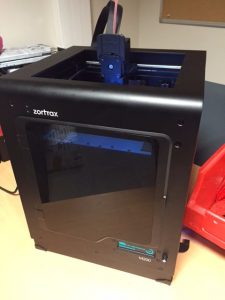
Zortrax M200
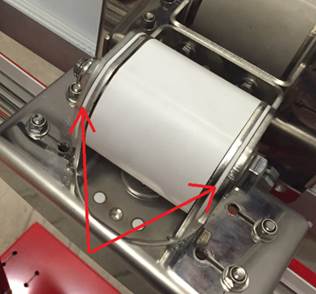
Part in its environment
Production speed and rate
- 3D printing: 1H
- Machining: 1H30
- Vacuum casting: 1H
In terms of speed, the 3 technologies of prototyping or small series production are equivalent. The advantage of 3D printing is the ability to have a machine in your office. On the other hand, during the production of a small series, printing requires someone to operate the machine: restart of the production program, removal of the produced part, cleaning of the nozzle, etc.
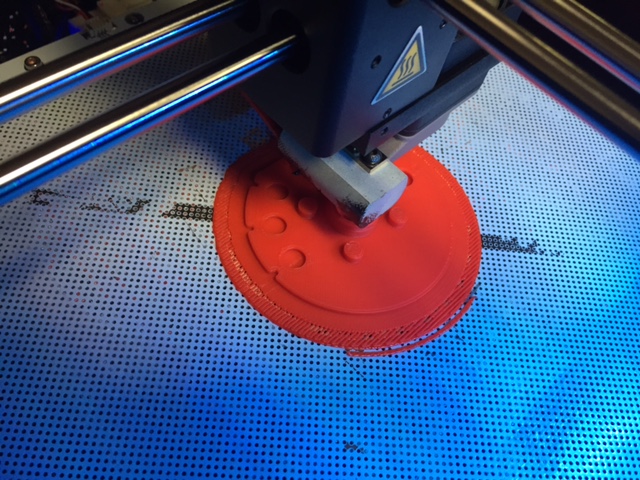
Ongoing production by adding material
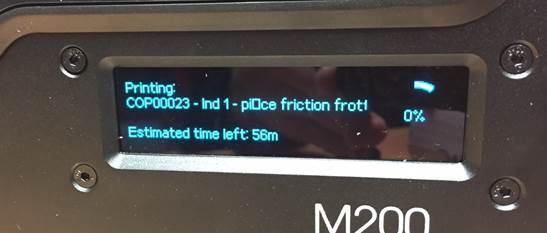
Ongoing production
Finish
- 3D printing: Bad
- Machining: Excellent
- Vacuum casting: Excellent
The part resulting from 3D printing is visually much less attractive than with other technologies. The different printing layers are clearly visible. The joining of certain lines impairs the appearance and the dimension of several diameters. Machining or vacuum casting, on the other hand, offer finishes that are practically equivalent to the injection-molded production part.
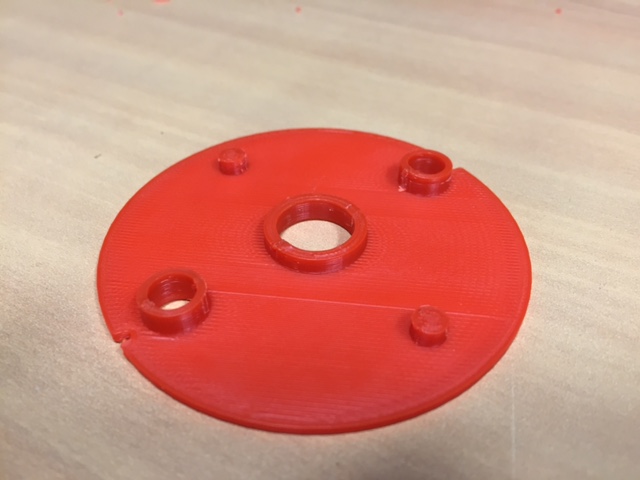
3D Printing
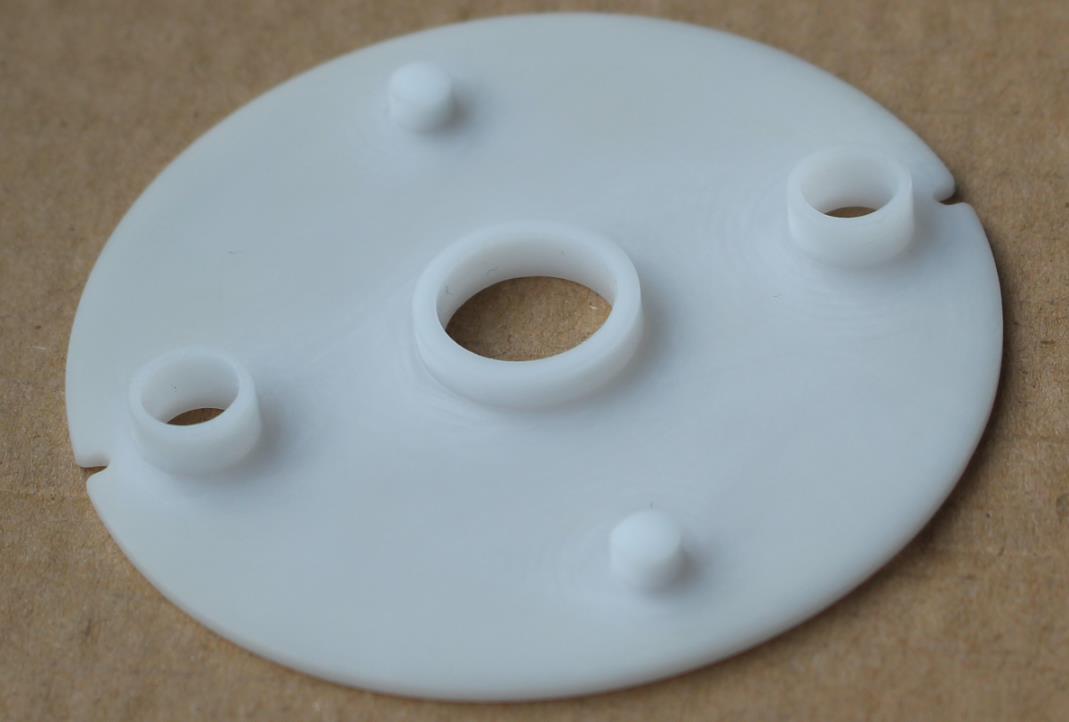
POM CNC Machining
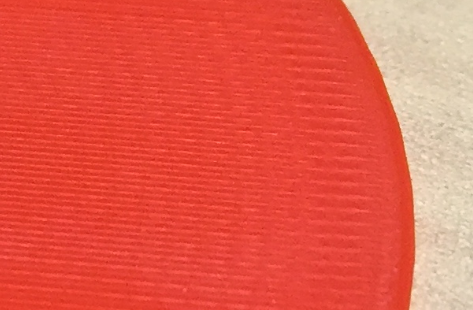
Part made from 3D printing with printing marks
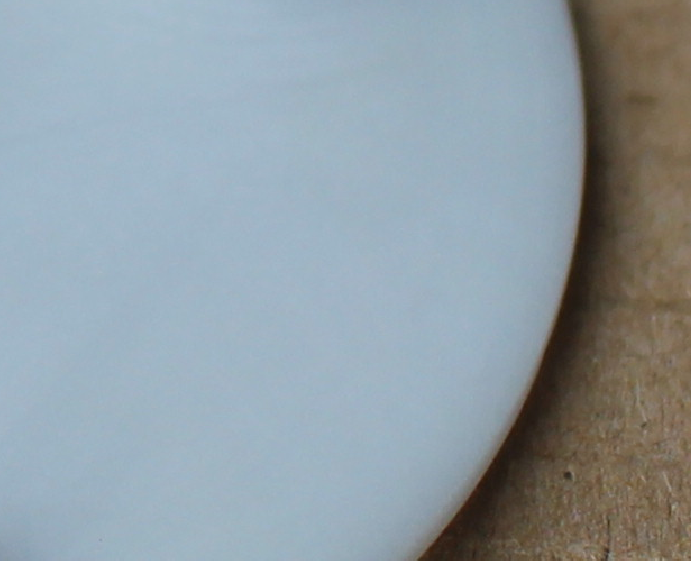
Part in CNC without a mark
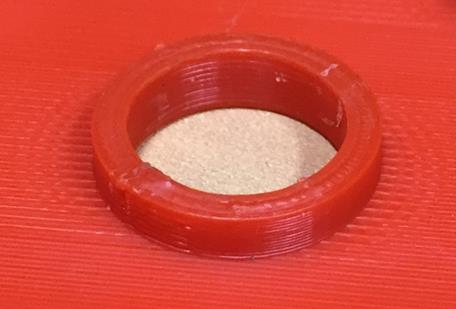
Part made from 3D printing with printing marks
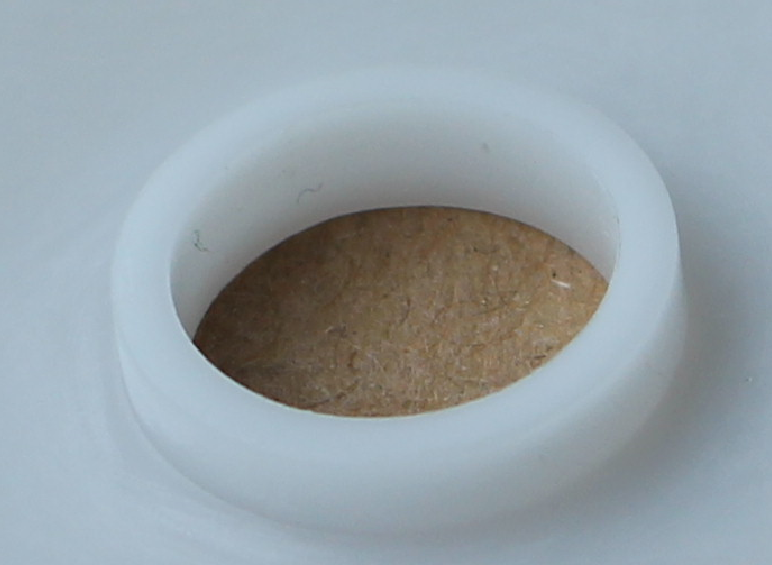
Part in CNC without a mark
Functionality (Aging/Mechanical properties)
- 3D printing: Bad
- Machining: Excellent
- Vacuum casting: Excellent
3D production uses substitute materials that are relatively limited (generally ABS or PA). In the case studied, the serial part will be made of POM for the quality of resistance to friction of this material. The machined part will perform exactly the same function as a serial part from a mechanical point of view because it is produced from the right material. With the one resulting from 3D printing, the part will not last long in its environment. It will deteriorate quickly due to the friction of the sheet metal.
Friction is one of the technical specifications, but other mechanical properties can be obtained with machining or vacuum duplication thanks to the choice of available materials. These include resistance to fire, high temperatures (>100°C, >200°C, etc.), chemicals, UV, etc. Some standards such as “food grade” or UL 94 V0 are also available. With 3D printing, it is not possible to guarantee that the prototype can satisfy all of these properties.
Unit costs and small series
- 3D printing: Low
- Machining: Average
- Vacuum casting: Average
Price for 3D printing in house: The cost of 3D printing of a single part is relatively low. However, in small series, even possessing a printer, the unit cost of the part will be close to the other technologies. In fact, when we want to create a series with 3D printing, it is necessary to add to the direct costs like the material of the additional costs such as a person who can restart the machine at all the ends of the cycles and operate the machine, the mobilization of the machine and its amortization. The unit price is calculated according to the following components:
- Material cost: 0.8 € (one reel can make fifty parts).
- Operator time: about 4 € (it takes about 5 minutes to restart production: removal and deburring of the part, cleaning of the plate of the printer, restart of the program).
- Amortization of the machine: about 0.35 € (Amortization of the machine over 3 years).
- Maintenance of the machine: about 0.6 € (Cleaning, replacement of the nozzle generally every month, replacement of the heater 2 times a year, 1 to 3 hours of work per month).
- = 5.75 euros per part
Price for 3D by subcontracting: We made a costing request to a major player in 3D printing in France, and for 50 copies this part costs 17.5 euros per unit.
Prototech price with vacuum casting: If we want to produce a small series of plastic parts, polyurethane vacuum duplication soon becomes very interesting. The silicone mold is quickly amortized. At Prototech, the production of this part would have cost 7 euros per unit all-inclusive. Within 7 days, we could provide these parts with the visual and functional finishing practically similar to the injected part.
Conclusion: Is there a revolution or not in prototyping?
For the production of single prototype parts without the need for advanced mechanical or esthetic properties, 3D printing is a revolution. It allows the replacement of parts resulting from powder sintering or stereolithography with the advantage of being able to produce in your office.
However, this is true within the size limit of the part. Indeed, printers that can print larger parts (greater than 300mm) are much more expensive and less frequently used in a non-specialized office. When we want to have good parts and good finishes or small series (between 30 and 100 parts), CNC machining or vacuum duplication are essential. The choice of materials allows prototyping as close as possible to the actual mechanical properties. The possible finishes make the parts almost identical to an injection-molded part. Finally, if there is a bit of quantity or a micro-series, the use of silicone molds reduces the unit cost very quickly.
Prototech offers a turnkey solution for this type of prototyping. From your 3D files and with your specifications, we can offer you prototype parts in just a few days at very competitive rates.

